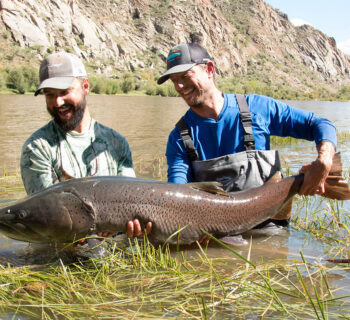Tanzania is a country located in East Africa that is renowned for its vast wilderness areas, diverse wildlife, and beautiful landscapes. The country is home to a number of iconic natural wonders, such as the Serengeti National Park, the Ngorongoro Conservation Area, and Mount Kilimanjaro. However, Tanzania is also faced with a number of challenges when it comes to balancing the needs of conservation and sustainability with the demands of tourism. In this article, we will explore some of the conservation and sustainability efforts that are being undertaken in Tanzania in order to preserve its natural resources for future generations. People who are interested in visiting Tanzania can visit here for visa related help and plan a trip to Tanzania without any worries.
Conservation Challenges in Tanzania
Tanzania is home to a wide variety of animal and plant species, many of which are endemic to the region. However, the country's wildlife is under threat from a number of factors, including poaching, habitat loss, and climate change. Poaching is a particularly pressing issue in Tanzania, with illegal hunting and trade of animals such as elephants, rhinoceroses, and pangolins being a major problem. This not only threatens the survival of these species but also has wider implications for the ecological balance of the region.
Furthermore, as tourism continues to grow in Tanzania, there is a risk that the increased foot traffic and development will have negative impacts on the environment. For example, the construction of hotels and other tourism infrastructure can lead to deforestation and soil erosion, while the presence of large numbers of visitors can disturb wildlife and damage fragile ecosystems.
Conservation and Sustainability Efforts
Despite these challenges, Tanzania has made significant progress in recent years when it comes to conservation and sustainability. The country has implemented a number of initiatives designed to protect its natural resources and ensure that they are used in a sustainable way.
Protected Areas
Tanzania has set aside a number of protected areas in order to safeguard its natural heritage. These areas include national parks, game reserves, and conservation areas, and cover a total of around 42% of the country's land area. These protected areas are home to a wide variety of animal and plant species and provide important habitat for threatened species such as elephants, lions, and giraffes.
One of Tanzania's most iconic protected areas is the Serengeti National Park, which is home to the largest terrestrial migration in the world. Each year, millions of wildebeest and other ungulates move across the Serengeti in search of food and water, providing a spectacular wildlife spectacle. The park is also home to a number of other iconic species, including lions, cheetahs, and leopards.
Community-Based Conservation
Tanzania has also implemented a number of community-based conservation initiatives, which aim to involve local communities in the management of natural resources. These initiatives recognize that local people are often the best custodians of their own natural resources and work to provide them with the necessary tools and knowledge to manage these resources sustainably.
One example of a successful community-based conservation initiative in Tanzania is the Ngorongoro Conservation Area, which is home to the world-famous Ngorongoro Crater. The area is managed by the Maasai people, who have lived in the region for hundreds of years and have a deep understanding of the ecology of the area. Through the implementation of sustainable tourism practices, such as limited access to the crater and strict rules on waste management, the Maasai have been able to preserve the natural beauty of the area while also generating income from tourism.
Eco-Tourism
Tanzania has also recognized the potential for eco-tourism as a means of promoting conservation and sustainability. Eco-tourism is a type of tourism that is designed to have minimal impact on the environment and to promote the conservation of natural resources.
In conclusion, Tanzania faces a number of challenges when it comes to balancing the needs of conservation and sustainability with the demands of tourism. However, the country has made significant progress in recent years in implementing initiatives designed to protect its natural resources and ensure that they are used in a sustainable way. Protected areas, community-based conservation, and eco-tourism are just a few examples of the conservation and sustainability efforts being undertaken in Tanzania.
It is important to recognize that conservation and sustainability efforts are not only beneficial for the environment but also for the local communities and the economy. By preserving natural resources, Tanzania can continue to attract tourists and generate income, while also ensuring that its wildlife and natural habitats are protected for future generations.
It is crucial that these efforts continue, and that Tanzania continues to find innovative and sustainable ways to promote tourism while also preserving its natural heritage. With the continued support of local communities, government, and the tourism industry, Tanzania can achieve a delicate balance between nature and tourism, ensuring that both are able to thrive.
























